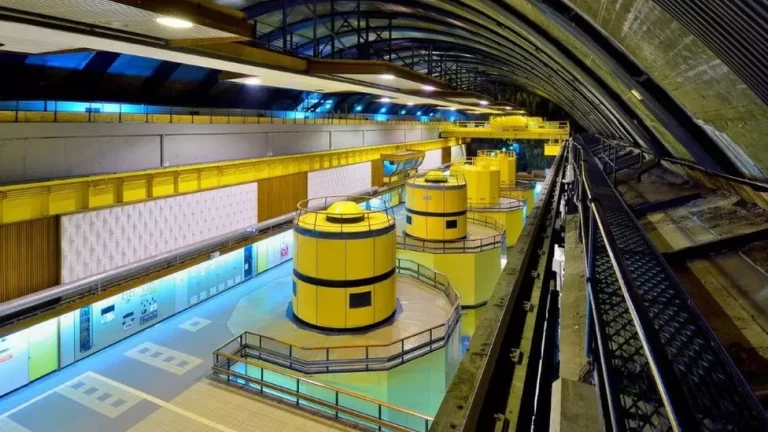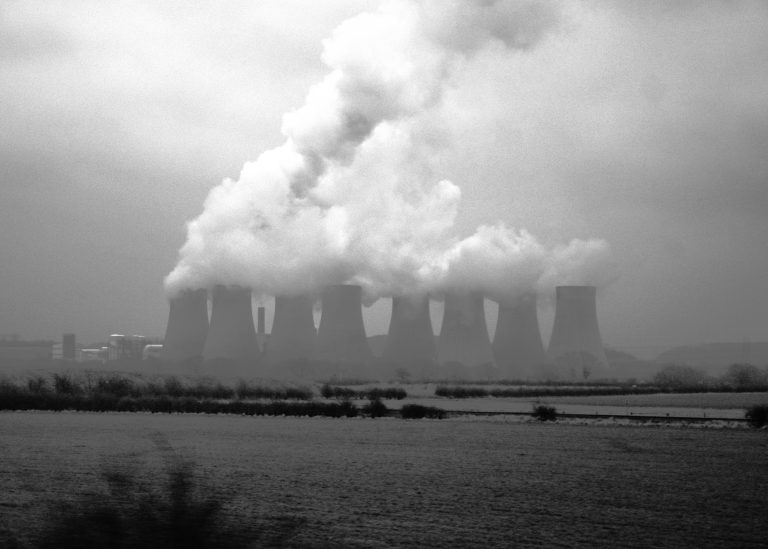COWI, a leading international engineering consulting group, has been awarded a contract by renewable energy company Drax. COWI, in collaboration with the Owner’s Engineer, Studio Pietrangeli, will provide consultancy services to support works in advance of the Front-End Engineering Design (FEED) of the expansion of Drax’s existing pumped storage hydro-electric generation station located beneath Ben Cruachan in Argyll, Scotland. The expansion of Cruachan (known as Cruachan 2) is set to play a crucial role in strengthening UK energy security by offering long-term, large-scale energy storage to the UK’s electricity system, helping to reduce costs and prepare for a renewable-led future. Cruachan 2 is set to be built within a new, hollowed-out cavern which would be large enough to fit Big Ben on its side, to the east of Drax’s existing 440 megawatt (MW) pumped storage hydro station. The project will bring an additional 600 MW of power – increasing the site’s total capacity to over 1 gigawatt (GW). The new plant could be operational as soon as 2030, with almost 900 jobs created and supported during construction both directly and indirectly across the supply chain. Drawing upon its local expertise in Scotland as well as its UK-wide proficiency, COWI will play an important role in providing technical advice for the geotechnical, jetty / marine structures and tunnelling elements of the project. COWI’s involvement in the project will also extend beyond the power station to the wider Cruachan area by tapping into its extensive experience in rail to support considerations made for the railway line beneath which the new access and tailrace tunnels will run. Cruachan 2 will help support the UK goal of 30 GW of energy storage by 2030. As the UK integrates more renewable energy sources into the grid, storage facilities like this will be vital for balancing supply and demand and providing key services to stabilise the Grid. Andy Sloan, Managing Director at COWI UK comments: “We are delighted to have been selected to support Drax with this project. Scotland is undergoing a hydro-pumped storage renaissance. There’s a profound opportunity for hydroelectric developments in the UK, particularly in Scotland, which will not only address our need for long-term storage in the UK energy market but support our journey to net-zero by 2045.” Steve Marshall, Drax’s Development Manager, said: “Pumped storage hydro plants play a critical role in stabilising the electricity system, helping to balance supply and demand through storing excess power from the national grid. When Scotland’s wind turbines are generating more power than we need, Cruachan steps in to store the renewable electricity so it doesn’t go to waste. With the right support from the UK Government, Drax is ready to invest around £500m to more than double Cruachan’s generating capacity and support almost 900 jobs across the supply chain during construction.” Spanning a period of six years, a comprehensive construction program is expected to start in 2025 with ambitions to complete the project by 2030. Building, Design & Construction Magazine | The Choice of Industry Professionals






